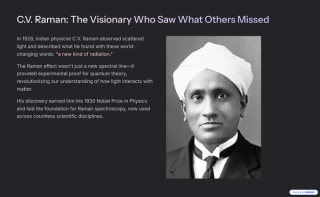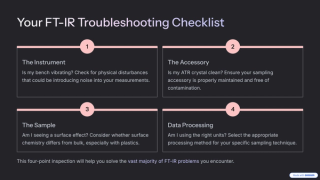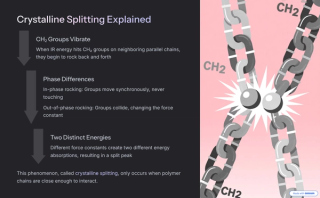
Infrared (IR) Spectroscopy
Latest News
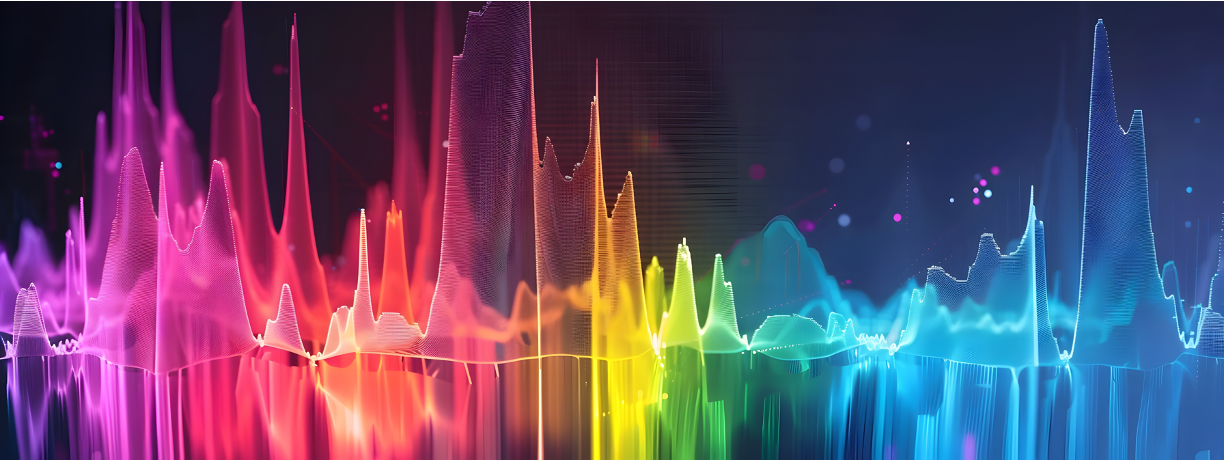

Spectroscopy and Chemometrics Pave the Way for Safer, Higher-Quality Food
Latest Videos

More News

In this continuation of our discussion with Sergei Kazarian and Bernadette Byrne, they address how recent advancements in FT-IR imaging are set to propel the biomedical and pharmaceutical industries forward.
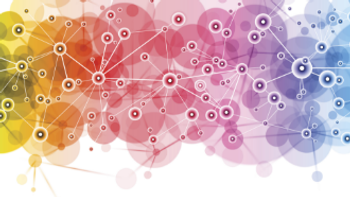
Webinar Date/Time: Tue, Dec 9, 2025 10:00 AM EST

A recent study explores how Fourier transform infrared (FT-IR) spectroscopy can be used to predict key dough-making characteristics.
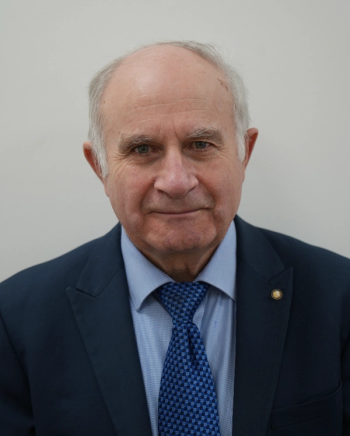
Spectroscopy sat down with Sergei Kazarian and Bernadette Byrne to talk about their latest research collaboration, which offers insights into why FT-IR spectroscopic imaging is advantageous in biomedical and pharmaceutical analysis.

The miniaturization of spectroscopic instruments has reached a remarkable milestone: wearable vibrational spectroscopy. Techniques such as Raman, surface-enhanced Raman scattering (SERS), infrared (IR), and functional near-infrared (fNIRS) spectroscopy are no longer confined to the laboratory bench—they now fit on our bodies, into household devices, and onto industrial equipment. These wearable devices promise continuous, real-time monitoring, offering molecular-level insights for personal health, household management, clinical care, and industrial applications.
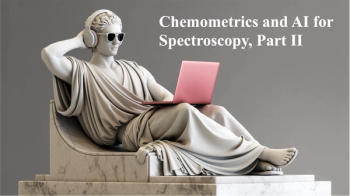
This second part of the Recent Research in Chemometrics and AI for Spectroscopy article surveys current and emerging applications of artificial intelligence (AI) in spectroscopy, highlighting explainable AI (XAI), deep learning, and generative AI frameworks.
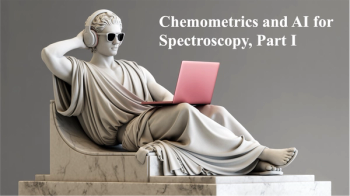
This first article in a two-part series introduces the foundations and terminology of AI as applied to chemometrics, defines key algorithmic approaches, and explores their growing role in spectral data analysis, model quantitative calibration, classification, and interpretability.

Researchers uncover the hidden dangers of ship paint-derived microplastics, revealing their complex composition and ecological risks in marine environments.
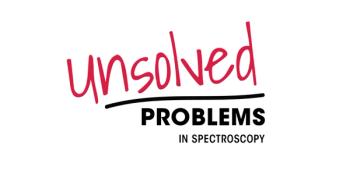
Here are ten main unsolved problems in vibrational and atomic spectroscopy, each accompanied by a tutorial-style synopsis suitable for advanced practitioners or graduate-level students. Each of these tutorials, spanning advanced spectroscopy modeling, chemometrics, machine learning (ML) interpretability, and standardization, consists of a descriptive article. Each piece is well-referenced (with detailed matrix equations, radiative transfer models, chemometric derivations, and so forth), and includes the following. • Special focus on each topic—including mathematical derivations in matrix notation. • Conservative, verifiable content anchored to established reference sources. • Appropriate tutorial article structure: Title, Summary, Abstract, Introduction, Theory with equations, Examples, Discussion & Future Research, and References.

A new study reveals that resveratrol binds to peanut protein arachin through hydrophobic and hydrogen-bond interactions, enhancing protein stability and offering valuable insights for developing functional peanut-based food products.

This curated collection of recent Spectroscopy magazine mini-tutorials highlights the latest analytical and data-driven innovations in vibrational spectroscopy. Covering NIR, Raman, O-PTIR, and related optical methods, the series emphasizes practical workflows, emerging machine learning integrations, and advanced chemometric techniques for real-world laboratory applications—from food and environmental monitoring to biomedical analysis and nanoscale imaging.

A new perspective from researchers at the Karlsruhe Institute of Technology explores the evolving relationship between human expertise and artificial intelligence in polymer chemistry.
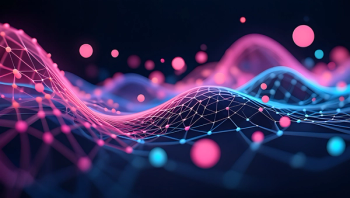
Scientists have developed IR-Bot, an autonomous robotic platform that combines infrared spectroscopy, machine learning, and quantum chemistry to perform real-time analysis of chemical mixtures. The system promises to transform autonomous experimentation by delivering rapid, accurate feedback to guide chemical reactions without human oversight.
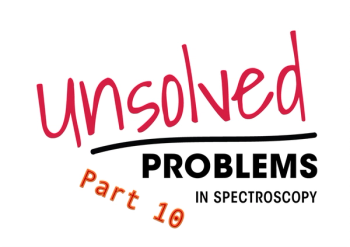
This tutorial explains how baseline drift and multiplicative scatter distort spectroscopic data, reviews correction techniques such as MSC, SNV, EMSC, wavelet-based detrending, and AsLS baseline estimation with matrix-based derivations, and explores emerging data-driven scatter modeling strategies and future research directions.

A recent review by Jhonatan Contreras and Thomas Bocklitz from Friedrich Schiller University Jena and the Leibniz Institute of Photonic Technology delves into the emerging field of explainable artificial intelligence (XAI) in spectroscopy.
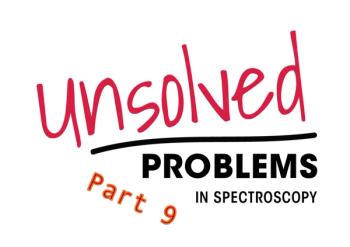
This tutorial examines the development of universal spectral libraries, reviewing standardization efforts, mathematical frameworks, and practical examples across multiple spectroscopies, while emphasizing metadata harmonization, FAIR principles, and the emerging role of AI in building interoperable, machine-readable repositories. This remains an unsolved problem in spectroscopy.


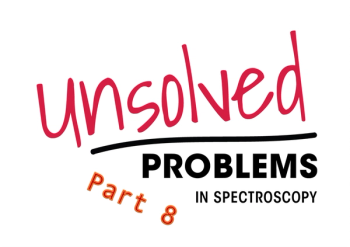
This tutorial explores the challenges posed by nonlinearities in spectroscopic calibration models, including physical origins, detection strategies, and correction approaches. Linear regression methods such as partial least squares (PLS) dominate chemometrics, but real-world data often violate linear assumptions due to Beer–Lambert law deviations, scattering, and instrumental artifacts. We examine extensions beyond linearity, including polynomial regression, kernel partial least squares (K-PLS), Gaussian process regression (GPR), and artificial neural networks (ANNs). Equations are provided in full matrix notation for clarity. Practical applications across near-infrared (NIR), mid-infrared (MIR), Raman, and atomic spectroscopies are discussed, and future research directions are outlined with emphasis on hybrid models that integrate physical and statistical knowledge.

Despite decades of major monetary investment for applied research in multiple spectroscopic sensing technologies, achieving an accurate, portable, and painless noninvasive glucose monitor remains a major unmet goal in diabetes care. This goal is extremely difficult due to persistent challenges with sensitivity, analyte specificity, accuracy, calibration stability, and biological interference.


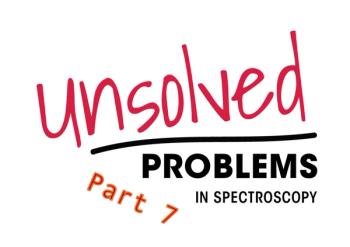
This tutorial explores the motivation, mathematical underpinnings, and practical approaches to fusing spectral data, with emphasis on early, intermediate, and late fusion strategies.

This Icons of Spectroscopy Series article features William George “Bill” Fateley, who shaped modern vibrational spectroscopy through landmark reference books and research papers, pioneering instrumentation, decades of editorial leadership, and deep commitments to students and colleagues. This article reviews his career arc, scientific contributions, and enduring legacy.

This tutorial provides an in-depth discussion of methods to make machine learning (ML) models interpretable in the context of spectroscopic data analysis. As atomic and molecular spectroscopy increasingly incorporates advanced ML techniques, the black-box nature of these models can limit their utility in scientific research and practical applications. We present explainable artificial intelligence (XAI) approaches such as SHAP, LIME, and saliency maps, demonstrating how they can help identify chemically meaningful spectral features. This tutorial also explores the trade-off between model complexity and interpretability.






